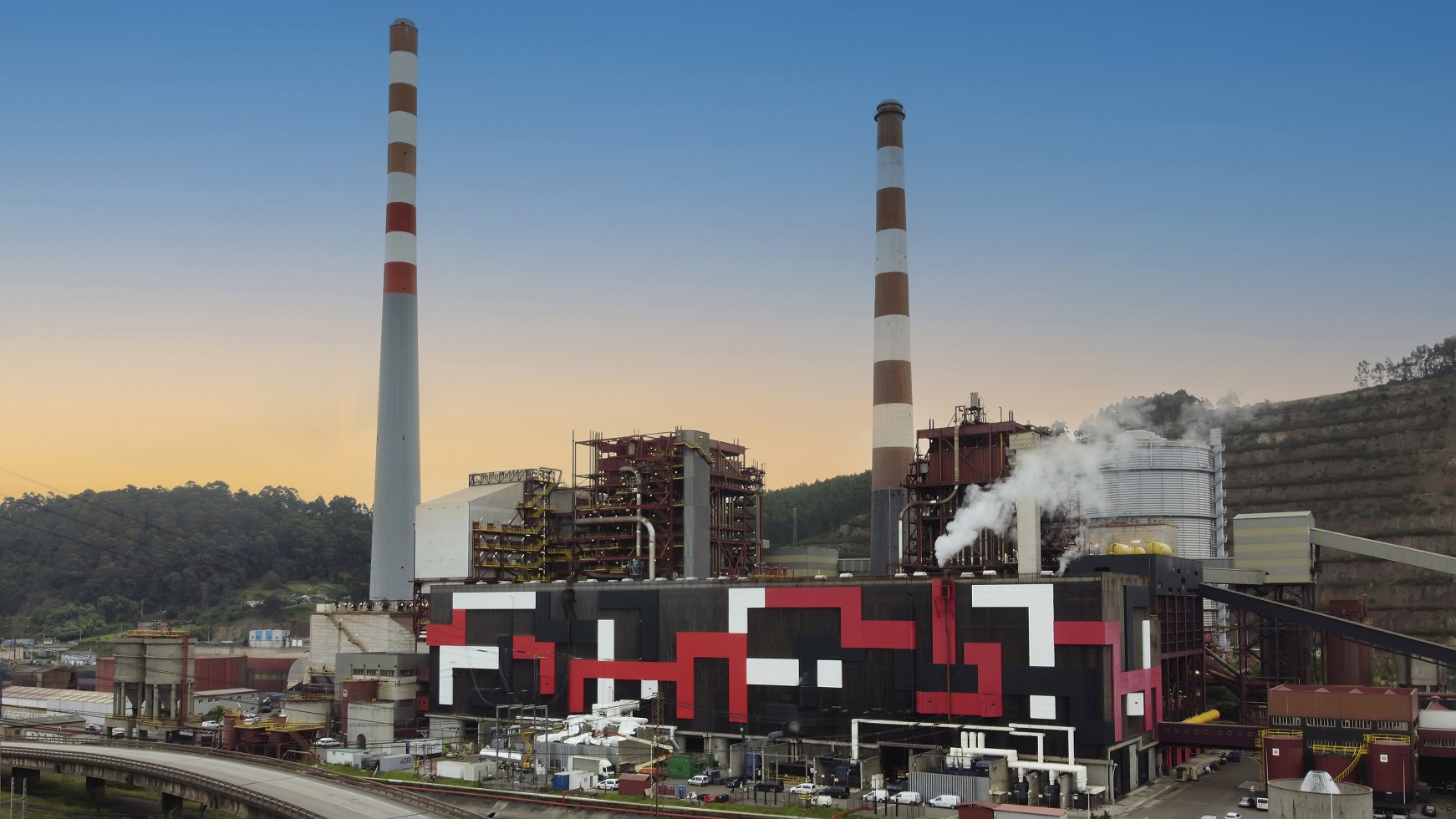
The European Commission reinforces the strategic role of EDP's Asturian H2 Valley

European Commission highlights Aboño as a Project of Common Interest (PCI)
This recognition joins others already granted by Europe, such as that of Important Project of Common European Interest (IPCEI)
Inclusion will mean priority treatment of this project by European and national authorities
Aboño, 28 November 2023. The European Union has given a new boost to EDP's energy transition projects with the declaration of the Asturian green hydrogen valley as a Project of Common Interest by the Directorate-General for Energy (DG ENER). This list includes both EDP’s hydrogen project for Aboño and the plans for Soto de Ribera.
This European selection, in which there are only five Spanish electrolysis projects, recognises EDP's ambition to have 1 GW of electrolysis capacity in operation in the region of Asturias, between Aboño and Soto de Ribera, by 2030. These two sites are part of EDP's application for this distinction, which EDP submitted almost a year ago, in which it was necessary to prove the European dimension of the project.
Projects of common interest benefit from accelerated planning and permitting processes, improved regulatory conditions, lower administrative costs due to simplified environmental assessment processes and increased visibility for investors, as well as the right to apply for funding from the Connecting Europe Facility (CEF).
This recognition for Asturias H2 Valley adds to those already obtained by EDP's hydrogen project in recent months, constituting a unique case in Europe. It is the green hydrogen initiative to accumulate the most recognitions from the European Commission. Furthermore, Asturias H2 Valley has a unique location in a just transition area and follows circular economy principles, as it contemplates the reuse of facilities from the sites of two thermal power plants (Aboño and Soto).
In September 2022, the Aboño project was recognised as an Important Project of Common European Interest (IPCEI), an authorisation from the European Directorate-General for Competition for the project to receive state aid above the limits established in the general regulations.
Within the Spanish PERTE (Strategic Projects for Economic Recovery and Transformation) for renewable energies, renewable hydrogen and storage (ERHA), the Institute for Energy Diversification and Saving (IDAE), under the Ministry for Ecological Transition and the Demographic Challenge, published during the first quarter of this year the allocation of aid to the Aboño project through two channels, the Pioneers and the Value Chain programmes, as well as to the Soto project through the Pioneers Programme.
In July, the Aboño project also received recognition from the European Innovation Fund, one of the largest and most competitive public funding instruments to support the development of innovative low-carbon technologies.
In addition, EDP, together with four Asturian SMEs and one from León, has received European funds to carry out work related to EDP's green hydrogen project in Aboño. This is the result of the approval of a line of aid from the European Commission, through the so-called I3 fund, which in Asturias has been coordinated by the Asturian Energy Foundation (FAEN).
EDP has already started the environmental procedure for the first phase of the project, 150 MW of electrolysis that would come into operation in 2026.
Regarding Soto de Ribera, the company has also made progress with the environmental procedure for a 5 MW electrolysis capacity, with the aim of starting them up on the same date.
And all this in a regional framework, Asturias, considered by the European Commission's Directorate-General for Industry as one of the three European regions where the development of H2 projects should be given the highest priority.
With these projects, EDP reaffirms its ambition to be 100% green by 2030. The company is moving forward with its 2023-2026 Business Plan, through which it will invest 25 billion euros in the deployment of renewable energies, in making the electricity grid more flexible and in designing and offering innovative solutions to its customers.